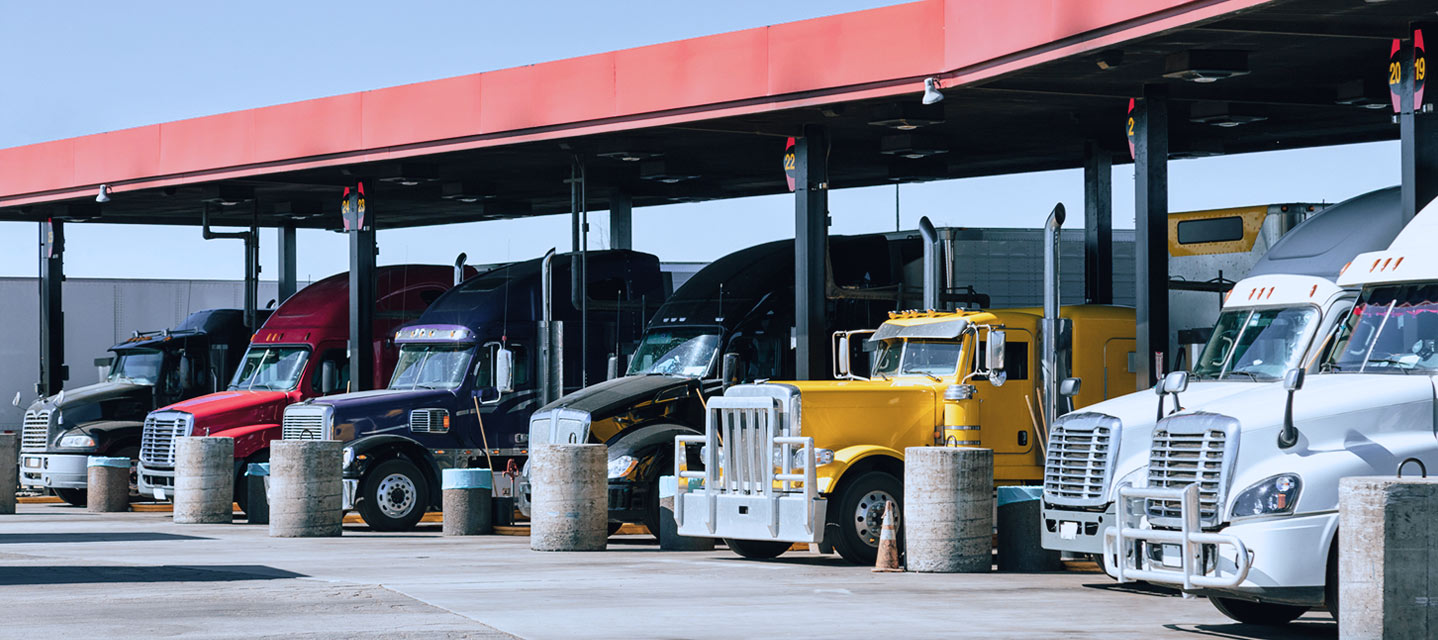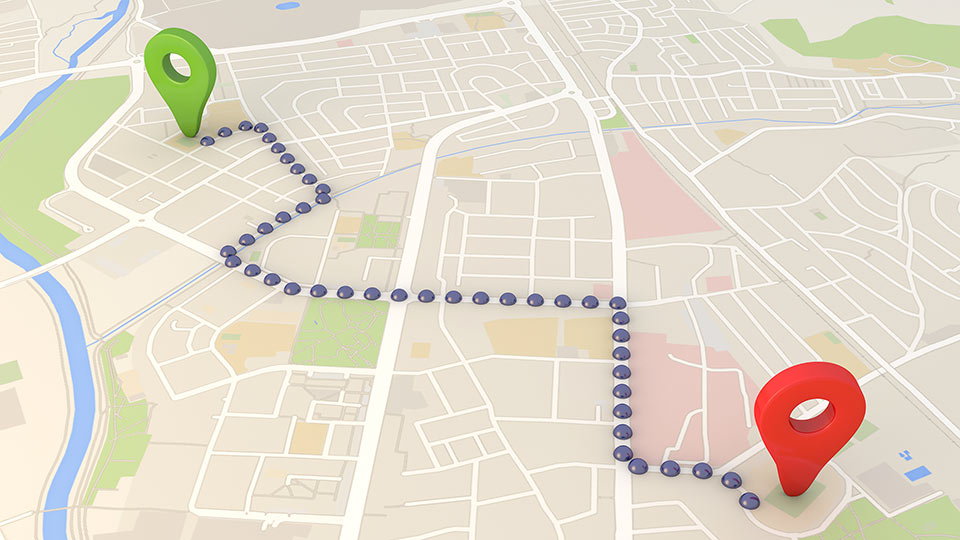Creating a positive culture for fleets - telematics can help
How to create a positive work environment and avoid driver churn with telematics.
By Geotab Team
Mar 21, 2016
Updated: Mar 8, 2023

Recruiting drivers is tough enough in this day and age. Retaining drivers is equally if not more difficult. Therefore, keeping drivers happy is very important. To avoid churn, it is imperative to create a positive culture and working environment for drivers.
High driver churn can indicate not only an unhappy work environment, but also an unsafe environment. High turnover can also be rather expensive for any business. With driver churn comes the constant need to recruit and train, which costs both time and money.
See also: Truck driver retention strategies: How telematics can help
Retaining drivers with telematics
Having Geotab installed in a fleet offers amazing benefits for safety, productivity, and engine health, but it can also help with creating and keeping a positive workplace culture within a fleet.
Typically, fleet managers and owners feel that drivers will think negatively towards installing a telematics system in their fleets. They’re worried that it will be perceived as a Big Brother type of intervention. However, telematics can actually help with driver retention.
The main reasons drivers leave are:
- Compensation or mileage
- Lack of home time
- Weak dispatch and load planning
- Not happy with manager or supervisor
- Policies and procedures
Related Reading: “IoT and Fleet Management, A Primer,” Rogers for Business Blog
Create a positive culture with greater insight
Using a fleet management software platform with GPS tracking helps address many of the reasons why drivers leave because it allows managers to better understand and manage their fleet. With telematics, fleet managers can capture more accurate, detailed information on trips, vehicles, and drivers; monitor trends in fleet productivity, efficiency, safety, and compliance; and make better, more informed decisions on compensation, scheduling, and dispatching.
Five ways fleet managers can foster a positive workplace culture with telematics:
- Record accurate mileage to help determine fair compensation — Telematics provides detailed mileage records, allowing for a fair process to manage compensation by mileage for all drivers. A bonus or longevity program that is clearly communicated can also help motivate drivers and encourage them to stay with the company.
- Manage Hours-of-Service to better organize personal time — At the same time, telematics does manage miles driven and engine hours as well as Hours-of-Service (HOS), which are great tools for organizing drivers’ home time as well. Additionally, knowing the driver’s personal situation can assist with understanding their needs. For example, knowing a driver is going through a significant life event, such as a divorce or having a new baby, can also help a manager balance the driver’s needs during that time.
- Improve dispatch and load planning — Not knowing when they will be able to get home, or having plans changed frequently can be stressful for drivers. Geotab can be used to organize routes and to dispatch more efficiently, to ensure that jobs get done in a timely and logical manner. Creating a sensible plan for drivers, while allowing them to use their judgement and experience, is far better for everyone.
- Increase driver satisfaction with clear communication — When a driver is unhappy with a manager or supervisor, there could be many causes, making this a tough issue to manage. However, when there are clear lines of communication between management and drivers, satisfaction can be improved immensely. Asking drivers for their feedback can help them feel included. Certainly, full disclosure and explanation around the installation of a telematics solution is highly recommended for a positive driver/management relationship. Talk to your solution provider for tips successfully rolling out the fleet management program to your employees.
- Reinforce driver safety with management and reporting tools — Organizations must be conscious of policy to ensure the approach is not too heavy-handed. A fleet management solution can ensure that the policies in place are being followed through in a fair and consistent manner. For example, drivers inherently know how to drive. They know they should obey speed limits and drive defensively. Deadlines and tight schedules can cause drivers to lose focus on basic safe driving habits. Through safety reporting and coaching, drivers will get in less accidents and therefore be safer.
More tools for fleets
With an open platform like Geotab, fleet managers have access to even more tools to help drivers. Managers can help make a driver’s job easier with driver tools such as apps for time management apps or mobile invoicing and payment. The Geotab Drive smart app enables a driver to log Hours-of-Service, update their duty status, and carry out inspections using their smartphone or tablet.
Preventing issues before they occur
Geotab collects a wealth of knowledge for fleet managers within our data. This rich data can be used for predictive analytics to possibly warn when a driver is becoming unhappy or planning on leaving. Lowered miles driven or careless driving with no regard to policy can be indicative of when a driver is unhappy and planning on leaving. Management can take this opportunity to engage the driver in a two way conversation to clearly understand what is making them unhappy and wanting to leave.
Having this wealth of data at your fingertips can help a fleet to predict accidents before they occur. When a driver is working too many hours and not getting enough home time perhaps coinciding with increased counts of unsafe driving behaviours. Geotab provides visibility into utilization and safety so management can balance the hours/shifts for each driver and across the fleet — keeping drivers safe, well-rested, and happy.
Subscribe to get industry tips and insights
The Geotab Team write about company news.
Table of Contents
Subscribe to get industry tips and insights
Related posts

9 strategies to increase fleet fuel efficiency and lower fuel costs
July 8, 2025
4 minute read

Creating a fleet safety culture that’s built to last: Lessons from Missouri DOT and NYC
July 7, 2025
8 minute read


Field service is losing money to bad data: Go beyond GPS with smarter telematics
June 27, 2025
3 minute read


Enhancing winter road maintenance with postseason materials usage analyses
June 20, 2025
6 minute read